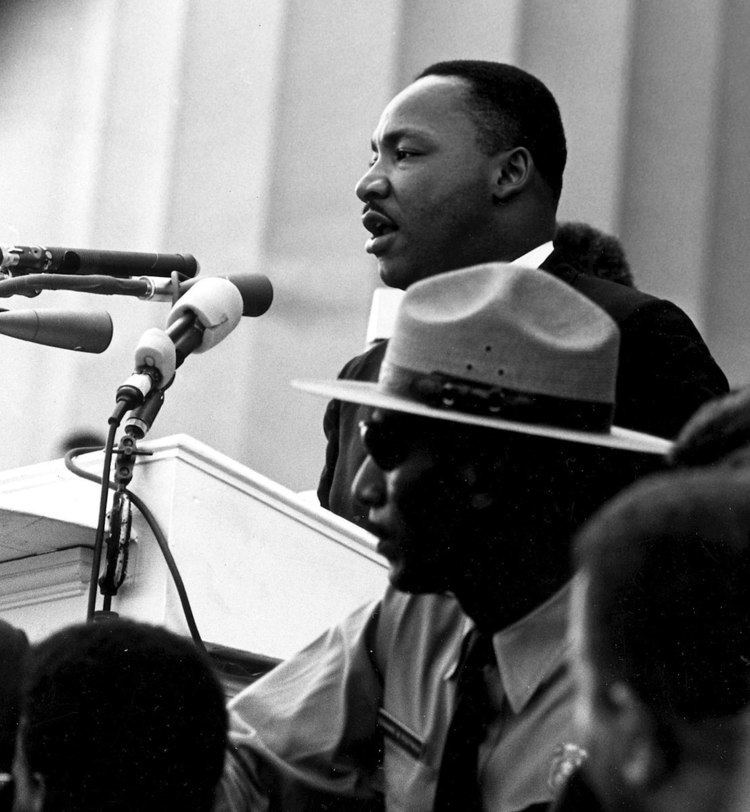 | ||
The National Recording Registry is a list of sound recordings that "are culturally, historically, or aesthetically important, and/or inform or reflect life in the United States." The registry was established by the National Recording Preservation Act of 2000, which created the National Recording Preservation Board, whose members are appointed by the Librarian of Congress. The recordings preserved in the United States National Recording Registry form a registry of recordings selected yearly by the National Recording Preservation Board for preservation in the Library of Congress.
Contents
The legislative intent of the National Recording Preservation Act of 2000 was to develop a national program to guard America's sound recording heritage. The Act resulted in the formations of the National Recording Registry, The National Recording Preservation Board and a fund-raising foundation to aid their efforts. The act established the Registry specifically for the purpose of maintaining and preserving sound recordings and collections of sound recordings that are culturally, historically, or aesthetically significant. Beginning in 2002, the National Recording Preservation Board began selecting nominated recordings each year to be preserved.
The first four yearly lists included 50 selections. However, since 2006, 25 recordings have been selected annually. Thus, a total of 450 recordings have been preserved in the Registry as of 2016. Each calendar year, public nominations are accepted for inclusion in that year's list of selections to be announced the following spring. Nominations are made in the following categories:
Each yearly list has often included a few recordings that have also been selected for inclusion in the holdings of the National Archives' audiovisual collection. Those recordings on the Library of Congress' National Recording Registry that are of a political nature will tend to overlap with the audiovisual collection of the National Archives. The list shows overlapping items and whether the National Archives has an original or a copy of the recording.
Selection criteria
The criteria for selection are as follows:
2002
On January 27, 2003, the following 50 selections were announced by the National Recording Preservation Board.
2003
In March 2004, the following 50 selections were made by the National Recording Preservation Board.
2004
In April 2005, the following 50 selections were made by the National Recording Preservation Board.
2005
In April 2006, the following 50 selections were made by the National Recording Preservation Board.
2006
On March 6, 2007, the following 25 selections were made by the National Recording Preservation Board.
2007
On May 14, 2008, the following 25 selections were made by the National Recording Preservation Board.
2008
On June 10, 2009, the following 25 selections were made by the National Recording Preservation Board.
2009
On June 23, 2010, the following 25 selections were made by the National Recording Preservation Board.
2010
On April 6, 2011, the following 25 selections were announced.
2011
On May 23, 2012, the following 25 selections were made by the National Recording Preservation Board.
2012
On March 21, 2013, the following 25 selections were announced.
2013
On April 2, 2014, the following 25 selections were announced.
2014
On March 25, 2015, the following 25 selections were announced.
2015
On March 23, 2016, the following 25 selections were announced.
Statistics
As of 2014, the oldest recording on the list is Edouard-Leon Scott de Martinville's Phonautograms which date back to 1853. The most recent is Fanfare for the Uncommon Woman by Joan Tower, performed by the Colorado Symphony Orchestra under the direction of Marin Alsop, which was released in 1999.
Selections vary widely in duration. Both the early Edison recordings and the instrumental "Rumble" by Link Wray clock in at under three minutes; the Edison Talking Doll cylinder is only 17 seconds long. Meanwhile, Georg Solti's recording of Wagner's complete Ring Cycle is approximately 15 hours in duration and Alexander Scourby's recitation of the King James Bible is over 80 hours in length.
